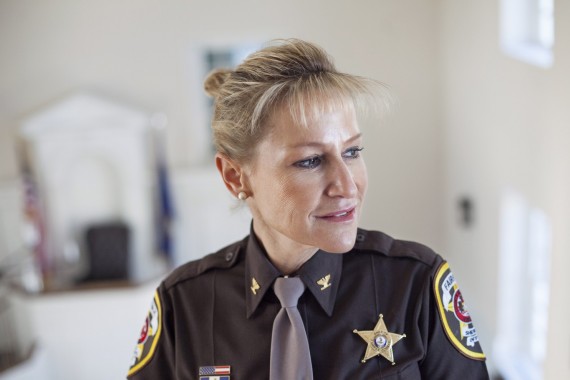
Restraint Chair Similar To One Used At Jail
A 27 year-old man, who we will call Charles, was trying to kill himself when workers at the Northern Virginia Mental Health Institute in Falls Church intervened. He began hitting them. The state police were called and Charles was taken from the residential treatment center to the jail, charged with five counts of misdemeanor simple assault.
This is the same Fairfax detention center where Natasha McKenna, a 37 year-old woman with schizophrenia died after being shot with a 50,000 volt taser four times while in shackles with her head hooded.
Charles was booked into jail on April 28th. He had a long history of suicide attempts.
Two days later, April 30th, Charles began hitting his head against the cell wall. He was put into a padded cell and then strapped into a restraint chair.
On May 1st, deputies decided he was calm enough to move him into a single cell, but Charles began threatening suicide and so on May 2nd, he was put back in the restraint chair. On May 3rd, he was calm enough to return to his cell.
 5-13-15 The Washington Post has published several editorials criticizing Fairfax County Sheriff Stacey A. Kincaid because of the death of Natasha McKenna, a 37 year-old woman with schizophrenia who died shorty after being shot with a taser four times while being held in the county detention center. Her death is still being investigated by the Fairfax Police Department.
5-13-15 The Washington Post has published several editorials criticizing Fairfax County Sheriff Stacey A. Kincaid because of the death of Natasha McKenna, a 37 year-old woman with schizophrenia who died shorty after being shot with a taser four times while being held in the county detention center. Her death is still being investigated by the Fairfax Police Department. The
The 


